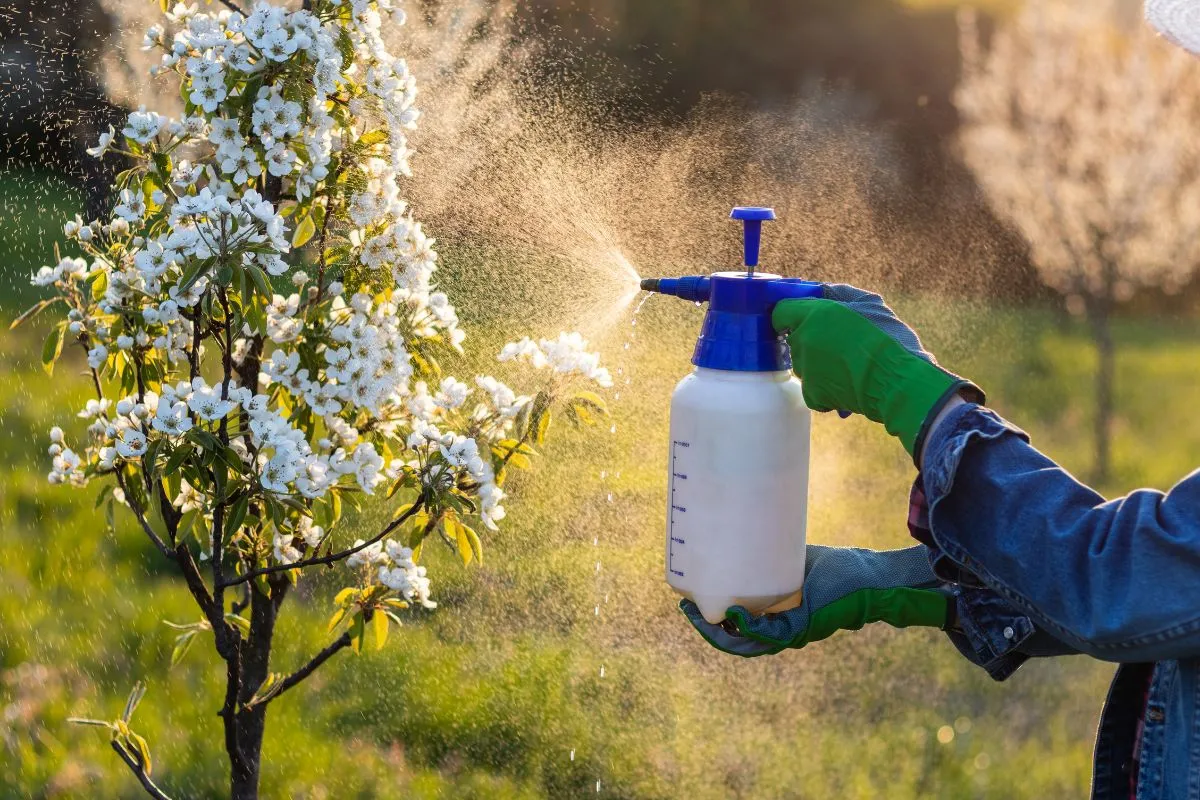Droughts, long dry spells and atypical weather patterns can force many gardeners to rethink their watering methods.
Using efficient watering practices like drip irrigation, soaker hoses and sprinklers can help plants grow through a drought. These practices can also help conserve moisture in the soil, reducing the risk of disease.
Keep Your Soil Moisture Levels High
Soil moisture is one of the most important factors in keeping plants healthy. It’s influenced by the weather, climate, type of soil, and plant root system.
Soils with small particles hold water more tightly than sandy soil, which enables them to retain it for longer periods of time. This is why the amount of water stored in a soil’s pores is an important factor when planning irrigation.
It also determines its field capacity and wilting point, which are the levels at which soil moisture becomes unavailable. This is where a plant can’t use enough of the water available for its needs, which can lead to drought stress.
This is why it’s important to monitor your soil’s moisture levels with a wireless sensor. These are easy to install and measure rainfall right in your garden. With daily reports, you can adjust your irrigation schedule and watering cycle to keep your plants at their optimal moisture levels year-round.
Water Deeply
You may have heard the phrase, “Water deeply.” It refers to watering a plant’s soil so that it soaks several inches deep into the ground. This process encourages plants to develop a stronger, more diverse root system that can thrive in times of drought.
Generally, the soil needs to be saturated at least eight inches deep for a plant to develop a strong, healthy root system. You can test this by inserting a soil probe into the ground and checking how moist it is at the bottom.
Once you know what depth the soil needs to be at, water your garden deeply every week or so. You can also water your grass monthly to prevent fungi and other diseases from developing in the turf.
Water Only When Necessary
When drought occurs, gardeners often need to rethink their watering practices. They may find themselves watering more frequently and for shorter periods of time than usual, which can be frustrating.
To help avoid this, plan your irrigation schedule. It’s a good idea to use a simple formula that allows you to figure out how many waterings to give your garden.
This formula will help you determine how much water to give your plants on a weekly basis during a drought. It also helps you avoid wasting water.
If you’re using a hose, aim water at the base of the plant’s root system, not its leaves. This keeps the foliage dry which reduces disease problems.
Water in the Morning
Watering in the morning is a great way to avoid evaporation and help your plants maintain moisture levels. The wind is usually calm in the early hours of the day, and the temperature is low so less of the water you are pouring out of your hose will evaporate off the lawn.
Watering in the morning also gives you an opportunity to test your water intake with a quick urine sample. If your pee is a pale yellow, you’re probably drinking enough water, but if it’s a bright orange or even dark yellow, you might be in need of a refill. Drinking a glass of water first thing in the morning is a smart habit to adopt if you want to stay healthy and happy! Besides the obvious health benefits, drinking water in the morning may also aid your weight loss goals. It will also make you feel more energized and help your skin glow.




